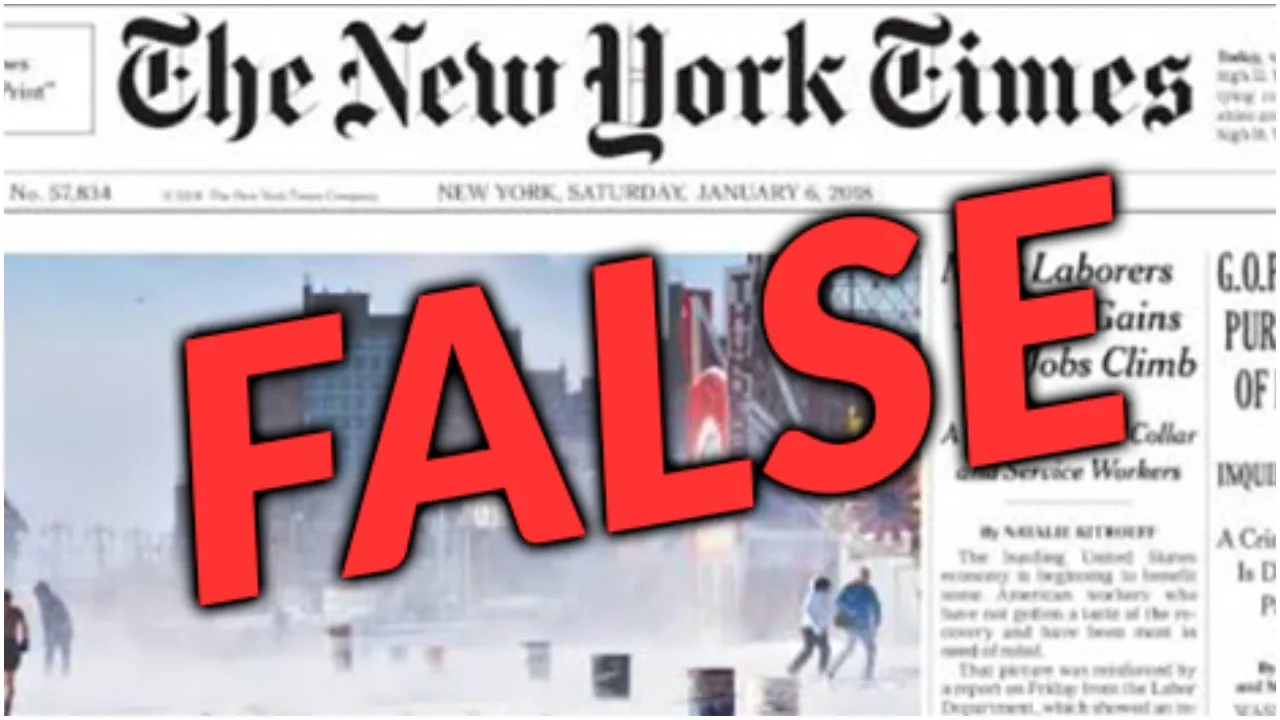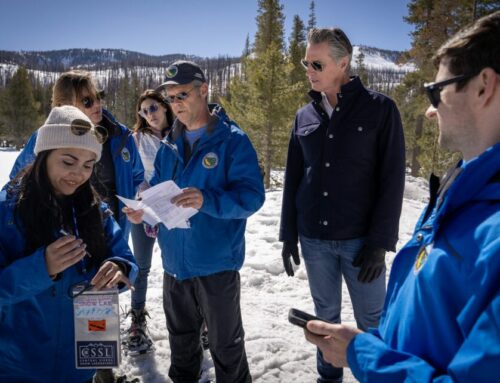by Greg Walcher, E&E Legal Senior Policy Fellow
As appearing in the Daily Sentinel
A disturbing photo topped the June 15 New York Times article, supposedly graphic evidence that the Earth is dying, starting with its cutest animals. It is a compelling picture, although the message is as misleading as it is powerful. It shows what the caption describes as “A critically endangered Hawaiian monk seal” apparently washed up on a beach, looking sad and nearly dead. Legally, a species is “endangered” or not; there is no “critically endangered.” That’s for writers seeking to influence, not inform. It turns out the picture is a decade-old Alamy Internet stock photo, showing a seal at rest on Eternity Beach, basking in the sun as seals love to do.
The headline asks, “Can a Law Protecting Endangered Animals Stop New Oil Drilling?” It’s about using the Endangered Species Act (ESA) to block drilling, which is bewildering in this context, because there is no oil or gas drilling on or near Eternity beach, nor anywhere in Hawaii.
That doesn’t matter to a coalition of environmental industry groups that are suing to stop oil and gas permitting on public lands, claiming the government failed to consider the threat to endangered species from climate change. Remember, President Biden ordered such permitting stopped, but federal courts blocked his order, ruling that presidents have no unilateral power to waive land management laws. So the Center for Biological Diversity and its allies sued, looking for a different court to make a different ruling. It is the latest salvo in a battle with a long history.






